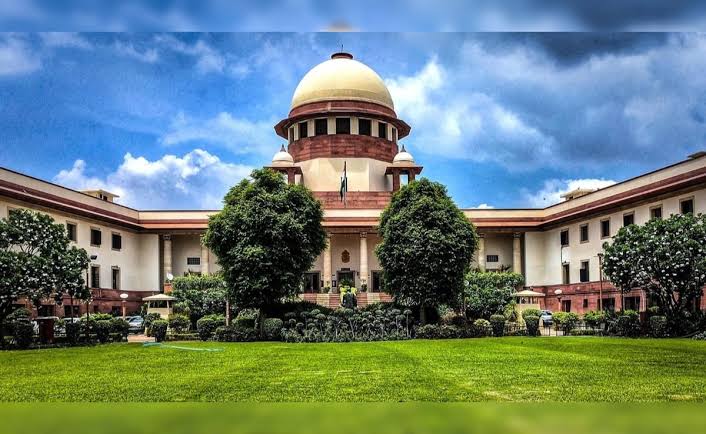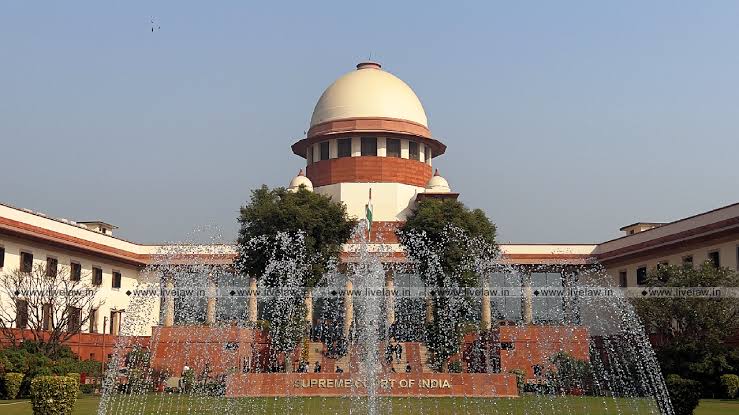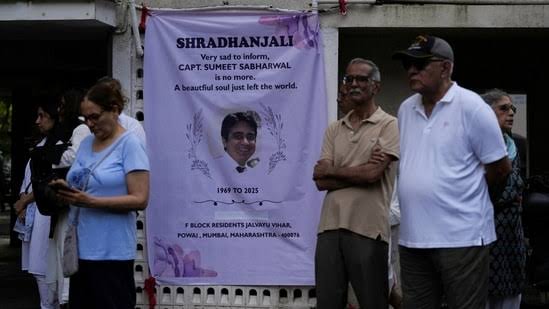The Supreme Court has taken a firm stance on the illegal occupation of a historically significant monument in Delhi, directing the Department of Archaeology to restore the 500-year-old Shaikh Ali ‘Gumti’ tomb. The monument, which dates back to the Lodhi era, had been occupied by the Defence Colony Residents Welfare Association (DCRWA) for 60 years. The Court is now considering recovering costs from the association for its unauthorized use of the site.
 Following a Supreme Court order issued on January 21, the DCRWA vacated the premises, removing its furniture and fixtures before handing it over to the Land & Development Office under the Ministry of Urban Affairs. The handover was supervised by a Senior Advocate and Court-appointed Commissioner, Gopal Shankarnarayan.
Following a Supreme Court order issued on January 21, the DCRWA vacated the premises, removing its furniture and fixtures before handing it over to the Land & Development Office under the Ministry of Urban Affairs. The handover was supervised by a Senior Advocate and Court-appointed Commissioner, Gopal Shankarnarayan.
The Court has now directed the DCRWA to file an affidavit within three weeks, detailing how much they are willing to pay for the prolonged unauthorized occupation of the monument. This move underscores the judiciary’s commitment to preserving heritage sites and holding accountable those responsible for encroachments.
During a recent hearing, the Court was informed that a parking facility was being operated on the adjoining land, with the Municipal Corporation of Delhi (MCD) overseeing its management. However, the contract for this parking space had expired. Concerned about potential further encroachment, the Court ruled that the contract should not be renewed until further notice. Additionally, another parking facility in the peripheral area was found to be obstructing public access to the monument. The Court has directed the MCD to take immediate steps to remove the parking area and present an action plan at the next hearing.
A report from the Department of Archaeology confirmed that the tomb can be restored and recommended forming a committee for the conservation process. The Supreme Court has instructed the department to set up this committee within a week and provide an update during the next hearing scheduled for March 25.
The Court also examined the legal status of the monument. In 2004, the Central Government had recommended declaring the Gumti a monument of national importance. However, this move was opposed by the DCRWA. By 2008, the government withdrew its proposal, citing significant modifications made to the structure by the association, which had allegedly altered its original character. Despite this, the Supreme Court has stated that the 2004 notification should not obstruct efforts to declare the monument a protected site under the Delhi Ancient and Historical Monuments and Archaeological Sites and Remains Act, 2004, if necessary.
This case highlights the ongoing challenges of heritage conservation in rapidly urbanizing cities. While the judiciary has played a crucial role in reclaiming and restoring this piece of history, the responsibility also lies with civic authorities and residents to protect and respect the nation’s cultural legacy. As the Court continues to monitor the case, heritage enthusiasts and conservationists remain hopeful that justice will not only be served but that the monument will be preserved for future generations to appreciate.




